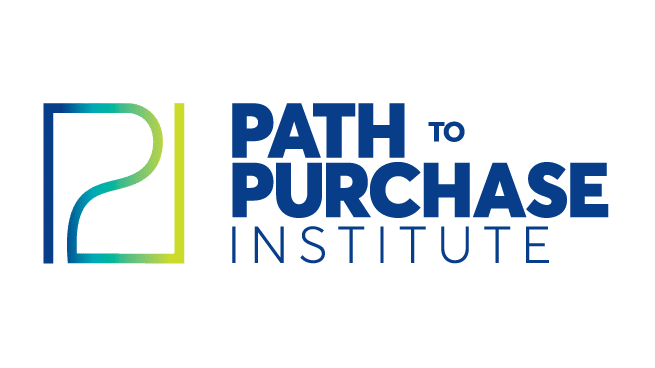
Hard seltzers have seen sparkling growth over the last few years, and really took hold of the alcoholic beverage scene in 2019 and 2020.
In a recent Nielsen study looking at March and April in 2020 vs. the same months in 2019, consumers decreased their share of spending on beer and wine, with beer losing 5.6 share points and wine losing 4 share points, and these spending shares show even more discrepancy in hot-weather seasons.
Mainstream beer and alcohol manufacturers who have taken on hard seltzer production represented less than 20% of the market as of June 2020, meaning that those brewers missed out on getting a piece of the action earlier and have forfeited a larger market share.
The hard seltzer segment has caught the attention of brands around the world, and they’re all eager to grab a slice of this growing market. At the beginning of 2018, just 10 brands were on the market; by the beginning of 2019, there were 26 hard seltzer brands and right now, there are more than 65 brands fighting for consumer attention:
During and early summer of 2020, hard seltzer off-premise sales in the US (i.e. supermarket and convenience store sales) quadrupled on a year-on-year basis, and showed an increase of $900 million.
Consumers now have choices that include traditional hard seltzers, cider seltzers, wine seltzers, spritzers, spirit-based seltzers, and the list goes on. There’s no shortage of options in this category.
Many CPG brands faced both c-suite and shareholder backlash for not predicting or at more quickly reacting to this global trend. Some brands have come late to the party and have been forced to play catch-up, having to forge new brands from scratch or find meaningful ways to add extensions to existing brands (a reaction seen from some of the well-known beer brands).
Retailers now have dozens of seltzer brands all fighting for.
Many CPGs saw the shift happening before them, but didn’t act sooner because they just didn’t have an accurate way to predict the potential sales or profitability of such a launch. The largest drinks companies won’t give a new brand the green light unless they can guarantee hundreds of millions of dollars in sales right off the bat. In the USA, the market is dominated by White Claw and Truly. White Claw was the brainchild of Mark Anthony Brands, the creator of Mike’s Hard Lemonade. Truly was created by the Boston Beer Company, maker of Samuel Adams. Unbelievably, the Boston Beer Company now sells more hard seltzer than it does beer!
So how could other beverage brands have spotted and acted on this trend earlier, securing a larger market share?
The problem with many beverage companies and CPGs is that data is siloed across many places: trend forecasts from strategic consultancies and futurists; shopper data from retailers (which typically is owned and guarded by the retailer); the company’s own sales and category data.
Trends like the hard-seltzer phenomenon could have been spotted much earlier by tuning in to the weak signals coming from the market. Often these weak signals are too faint for any one department to spot.
Social media, blogs, and even restaurant menus are another source of insight – the problem is, there’s such a huge mountain of data, any R&D or insights team would need to trawl through millions or even billions of data points to spot emerging trends.
It’s just not feasible for humans to do, and siloed data is too challenging, time consuming, and cumbersome to analyze, respond, and act quickly.
This is where an integrated AI platform shines. Insite AI will analyze feeds from multiple sources, joining the dots between data that would normally never be combined. It ingests internal sales and performance data, market-share metrics, and much more, then runs simulations and forecasts, combining it with data from the likes of Nielsen and Kantar and EPOS data from retailers. The AI engine has the ability to trawl through billions of social media posts and articles, too, turning this raw and disparate data into intelligence. Combining this intelligence with billions of what-if scenarios, you’ll be presented with decisions on which you can be confident, giving the CPG rigorous ammunition to prove your business case to both your company and your retail partners.
Intelligent decisions, founded on data.
Had some of the world’s largest beverage brands used this technique, they would have spotted and accurately predicted the performance of the hard-seltzer category. They would have moved faster, created new brands more quickly, and entered the market much earlier, gaining greater market share and consumer mindshare. Not only that, they would have been able to prepare their logistics and manufacturing infrastructure, ready for the huge bottling volumes required to fulfil demand.
This hard-seltzer tale is not entirely unique, and it won’t be the last. Other categories are also about to explode. Trends and changes in consumer behaviour are bubbling away.
As a CPG, imagine the gains to be had if you could anticipate now and reap the benefits of being ahead of the curve later.






